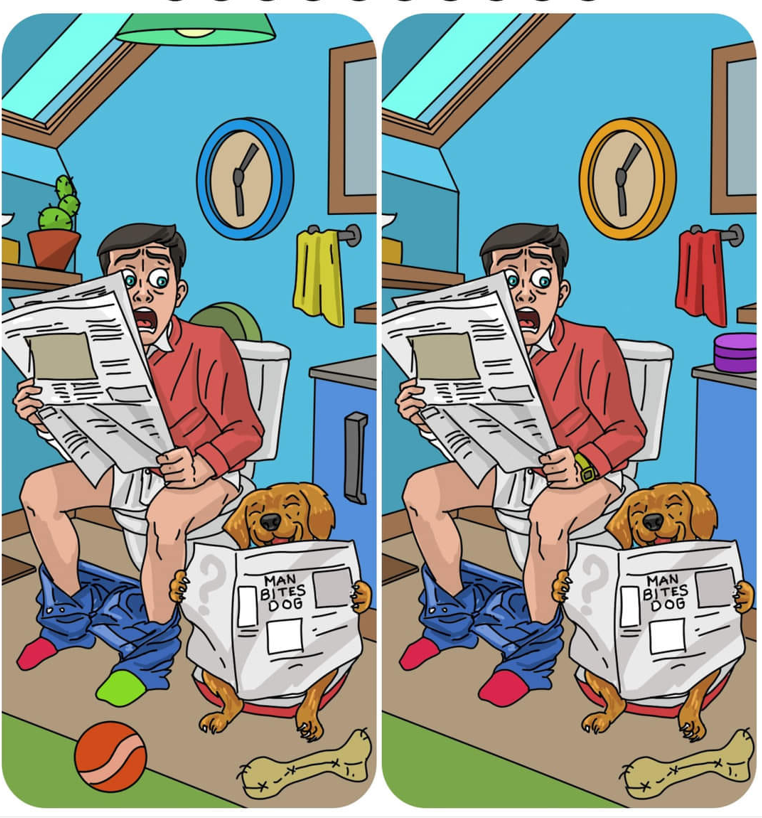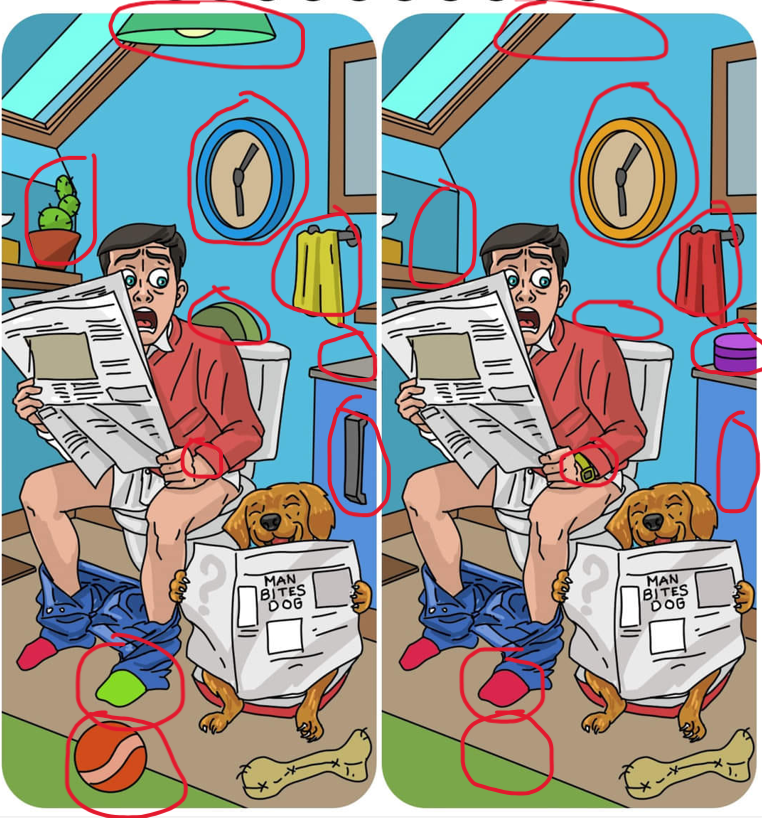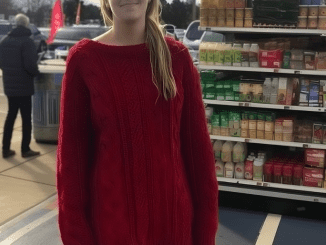If you’re looking for a fun and brain-boosting challenge, you’re in the right place! Today, we bring you an engaging find the differences puzzle. This simple yet intriguing task requires you to look closely at two nearly identical images and spot all 10 differences. While it may sound easy, the tiny details can make this puzzle surprisingly tricky.

So, are you ready? Take a moment, examine the two pictures, and test your observation skills. Here are a few questions to keep in mind as you dive in:
- How quickly can you spot all 10 differences?
- Which part of the picture do you think will have the trickiest detail to catch?
- Can you spot them without peeking at the answers below?
Get comfortable, sharpen your focus, and let’s see how many differences you can find!
Why Do People Struggle with Find-the-Differences Puzzles?
Before we get into solving the puzzle, let’s talk about why these challenges can be deceptively difficult. Many people get tripped up because they:
- Overlook Small Changes: Differences are often subtle, such as a slight color variation or a missing object in the background. Our eyes tend to focus on the bigger picture, ignoring small details.
- Focus Only on Central Objects: We naturally look at the center of the picture where the main action occurs. This means we often miss changes in the corners, background, or less prominent areas.
- Rush Through the Puzzle: When you try to finish quickly, you might skip over subtle changes that require more time and patience to spot.
These puzzles are designed to train your brain to observe carefully. If you slow down and examine every part of the picture methodically, you’ll have a much better chance of finding all the differences.
Step-by-Step Guide to Finding the 10 Differences
Ready to solve the puzzle? Let’s go through each difference one by one. If you haven’t found them all yet, don’t worry! Follow along, and you might spot what you missed:
- The Ceiling Light:
- Look at the ceiling light in the two images. In the left image, the light has a slightly different shape. In the right image, part of the light design is missing.
- The Wall Clock Color:
- Check the clock hanging on the wall. In the left picture, the clock has a blue frame, but in the right picture, the clock frame is yellow.
- The Towel Color:
- Focus on the towels hanging on the wall. In the left image, the towel is yellow, while in the right image, it has been changed to red.
- The Purple Object on the Shelf:
- Look at the shelf in the background. In the right image, there is a purple object placed on the shelf, which is missing in the left image.
- The Cabinet Handle:
- Observe the small cabinet near the toilet. In the left picture, there is a handle on the cabinet door. In the right picture, the handle is missing.
- The Wristwatch on the Man:
- Look at the man sitting on the toilet. In the left image, he is not wearing a wristwatch. However, in the right image, a green wristwatch appears on his wrist.
- The Ball on the Floor:
- Check the ball on the floor near the dog. In the left image, there is a ball. In the right image, the ball is not visible
- The Socks of the Man:
- Look at the man’s feet. In the left image, his socks are green. In the right image, the socks are red.
- The Toilet Seat in the Background:
- The left picture has a green seat head while the right one does not.
- The Potted Cactus Plant:
- Finally, look at the cactus on the shelf in the back. In the left picture there is but not in the right picture.

What Makes These Puzzles So Effective?
Find-the-differences puzzles are more than just a fun activity; they come with several cognitive benefits, including:
- Boosting Focus and Attention: By carefully observing every detail, you train your brain to pay closer attention.
- Improving Visual Perception: These puzzles enhance your ability to notice patterns, changes, and small details.
- Sharpening Problem-Solving Skills: You learn to systematically approach a challenge and break it into smaller, manageable parts.
- Reducing Stress: Solving puzzles is a relaxing and enjoyable way to take a mental break.
Plus, they’re great for people of all ages, whether you’re a kid looking for fun or an adult sharpening your observation skills.
Share Your Results: How Many Did You Find?
Now that we’ve walked through all 10 differences, it’s your turn to share! How many differences did you find on your own? Did you catch all of them, or did a few sneak past your sharp eyes?
Leave a comment below and let us know your results! Did you find the ceiling light change tricky? Or maybe the cactus plant detail was the one that stumped you?
Don’t forget to share this puzzle with your friends and family. Challenge them to find all the differences and see who has the sharpest eye for detail!
Conclusion: Keep Challenging Your Brain
Puzzles like these are a fantastic way to exercise your mind and develop your observation skills. If you enjoyed this challenge, why not try more visual puzzles? Each one will help you become faster, sharper, and more detail-oriented.
Remember, the more you practice, the better you’ll get. So, keep playing, keep learning, and most importantly, keep having fun!


